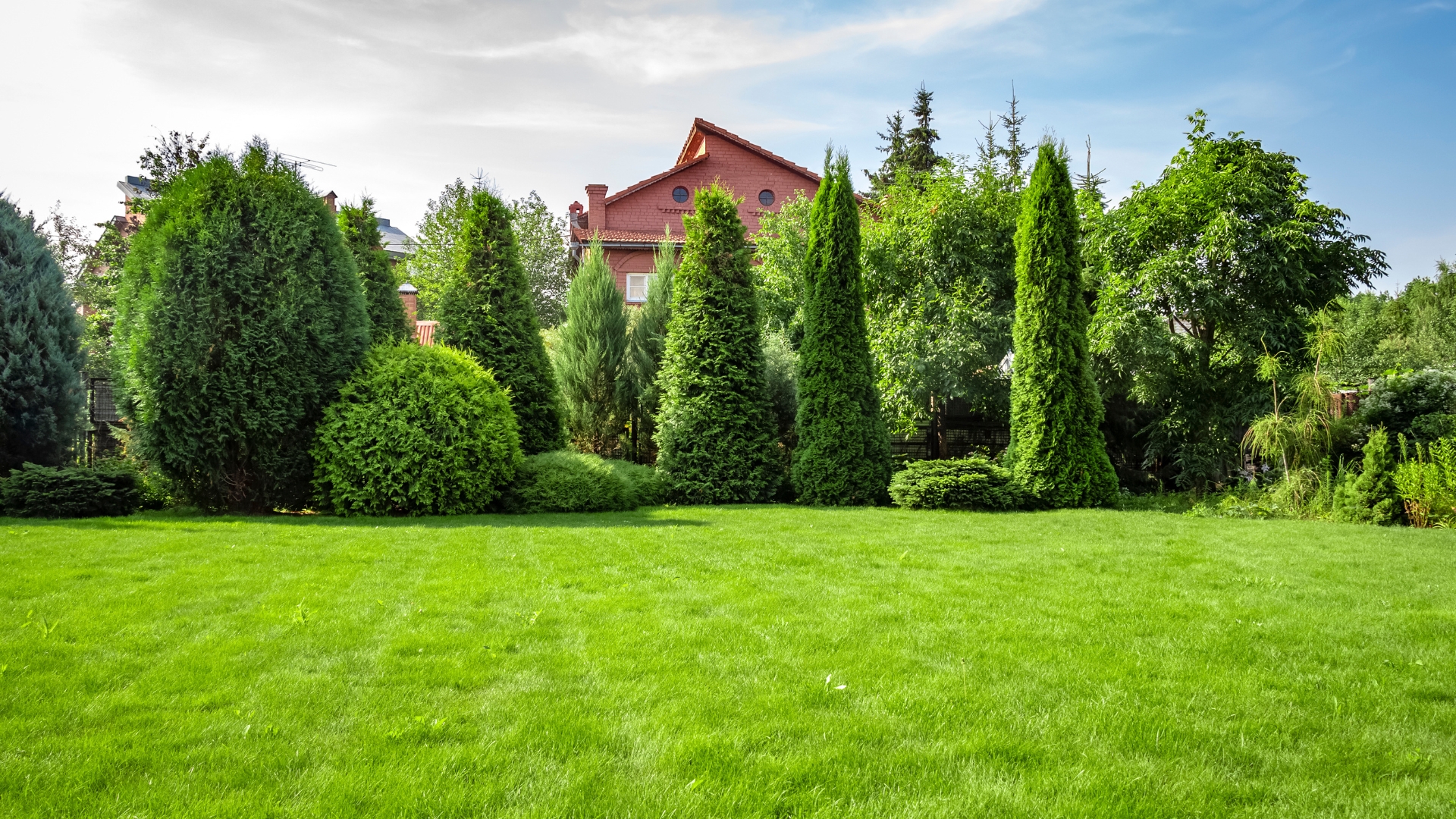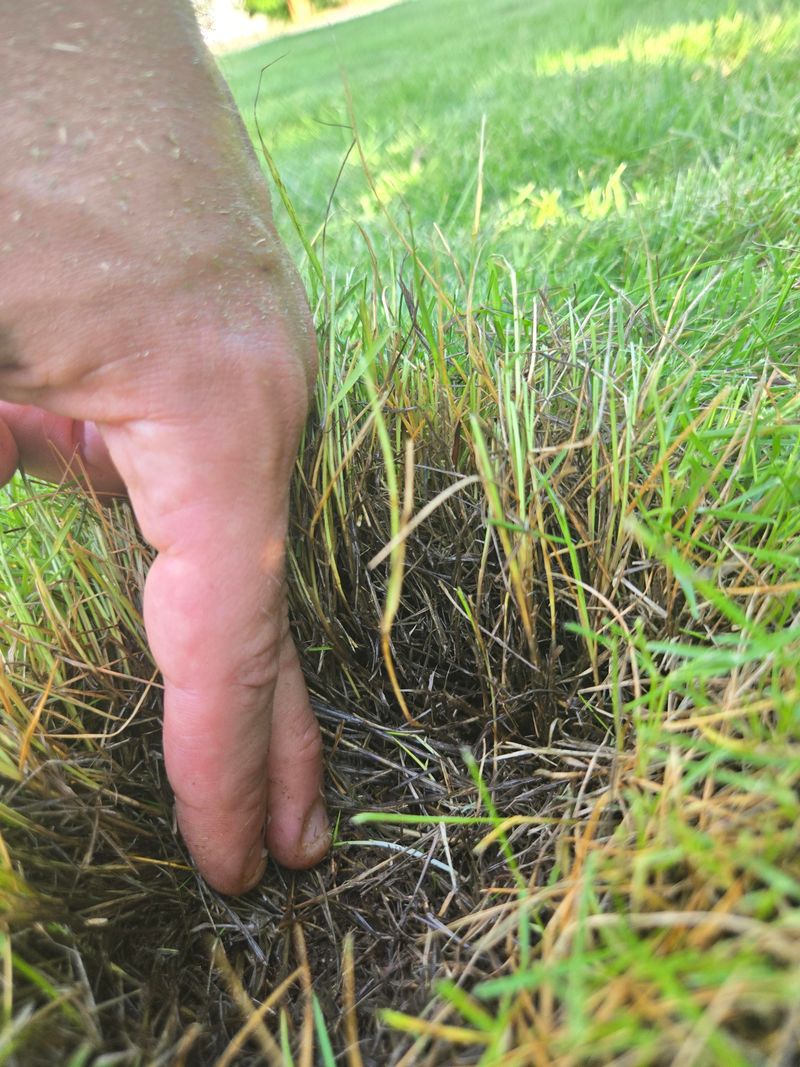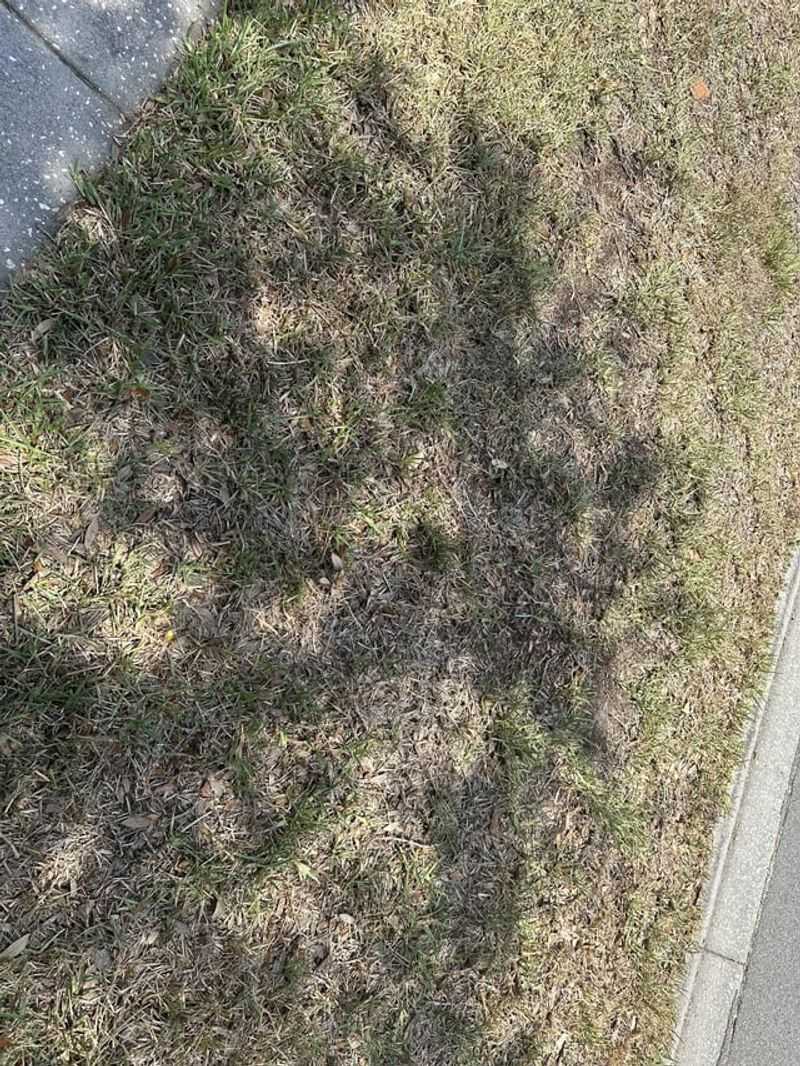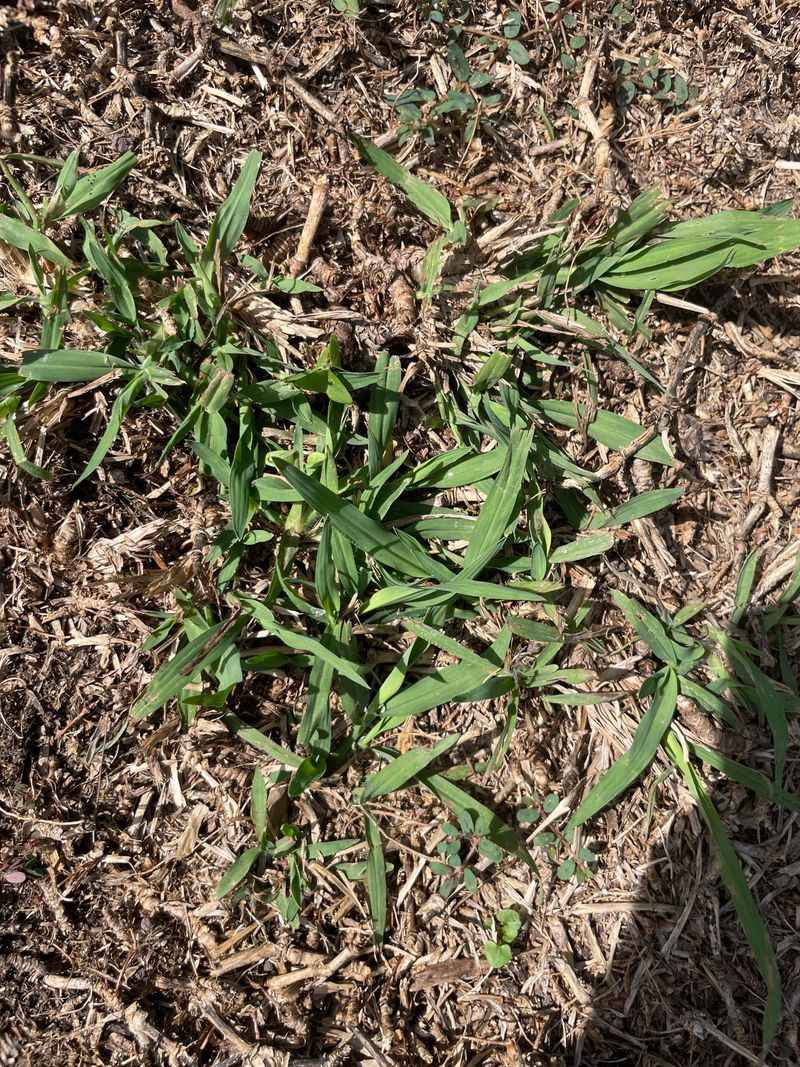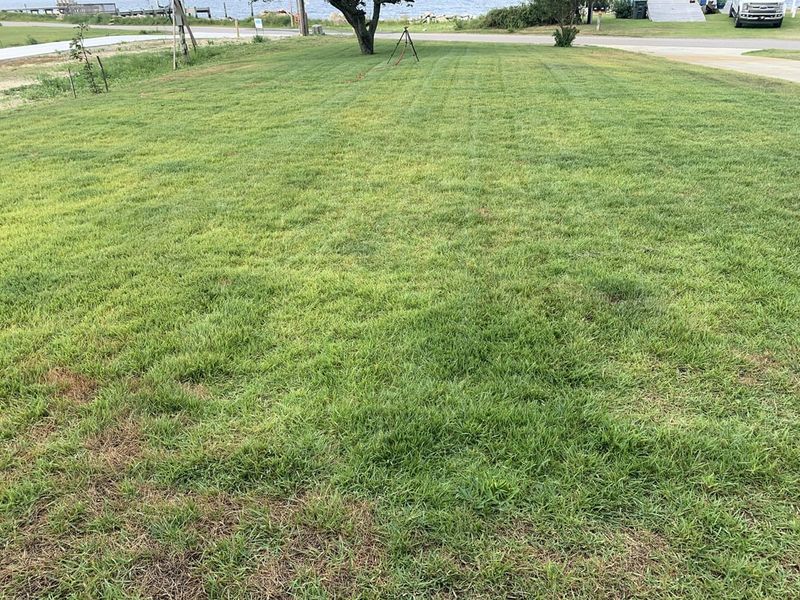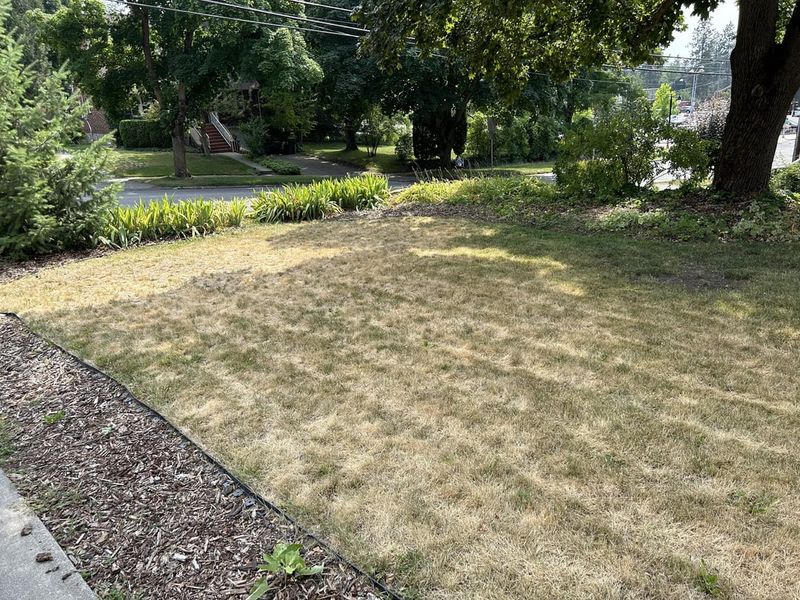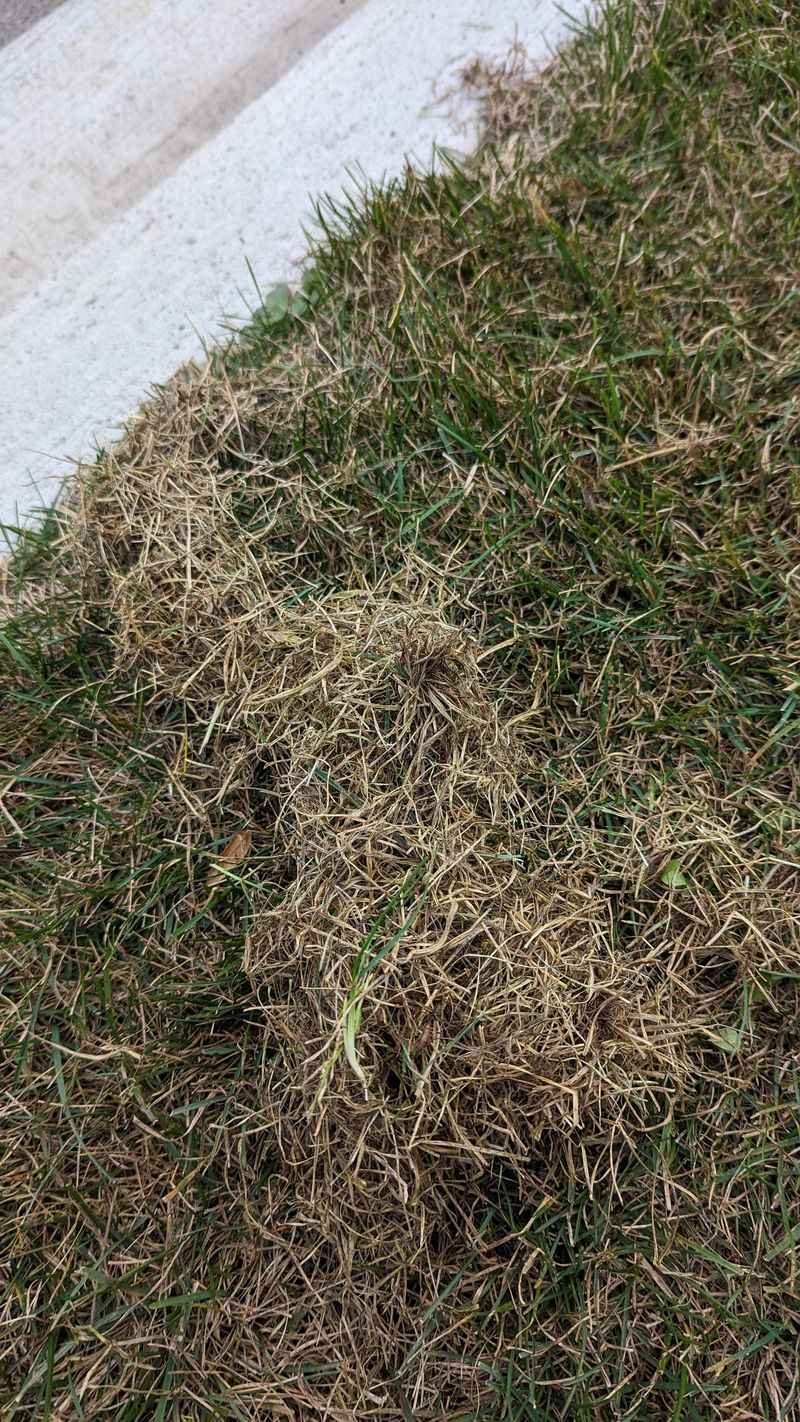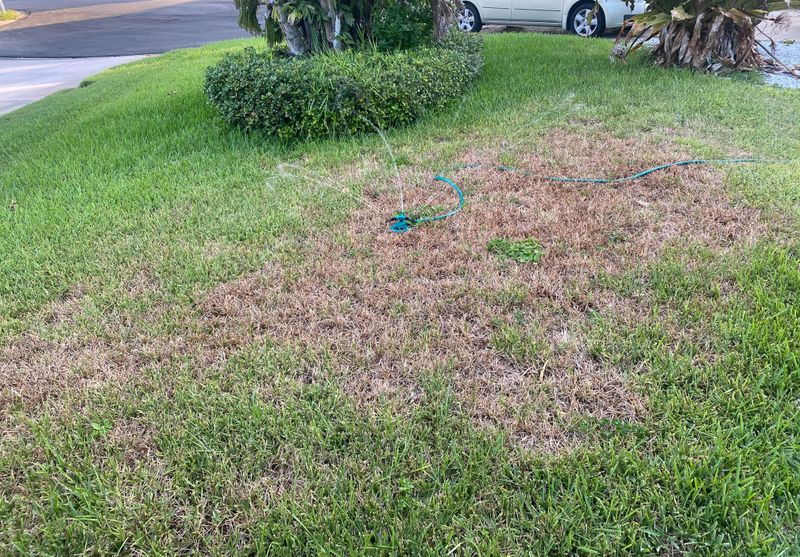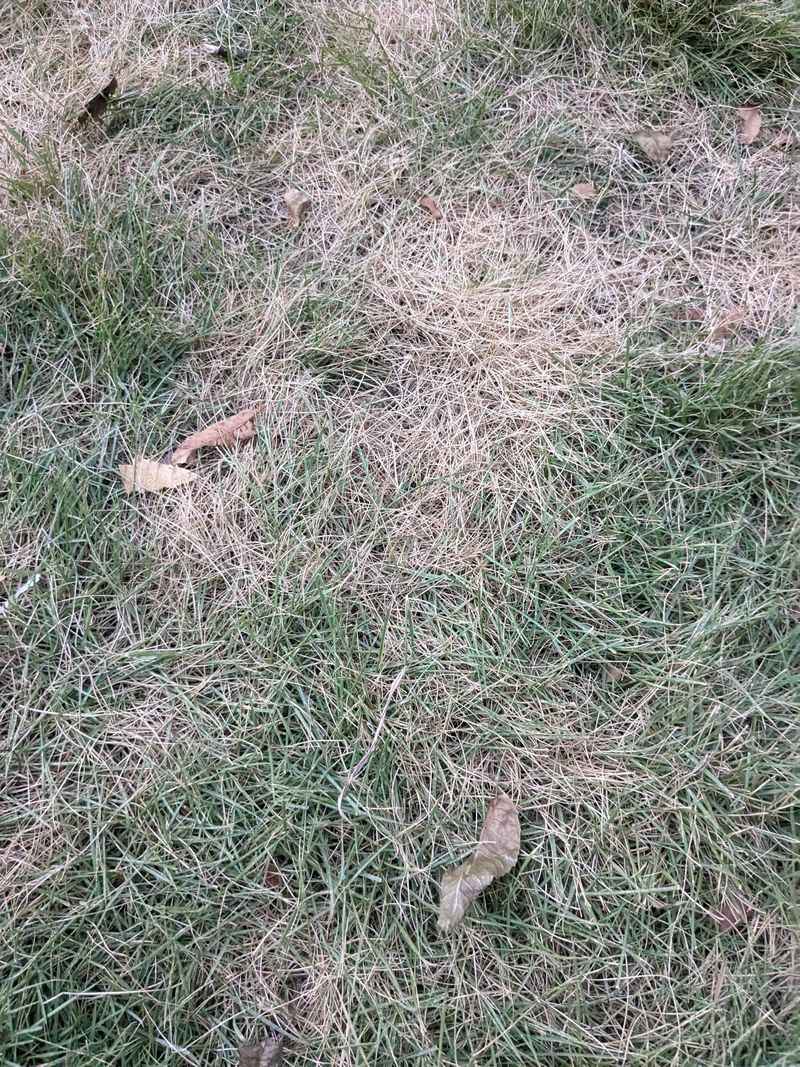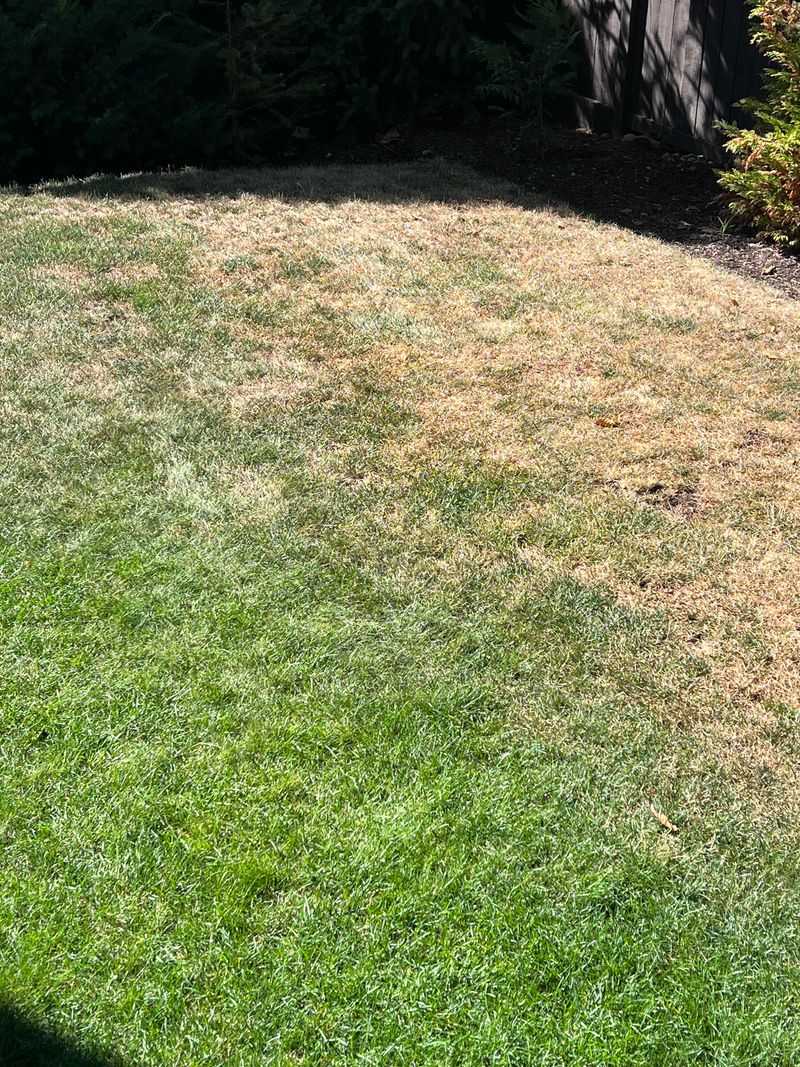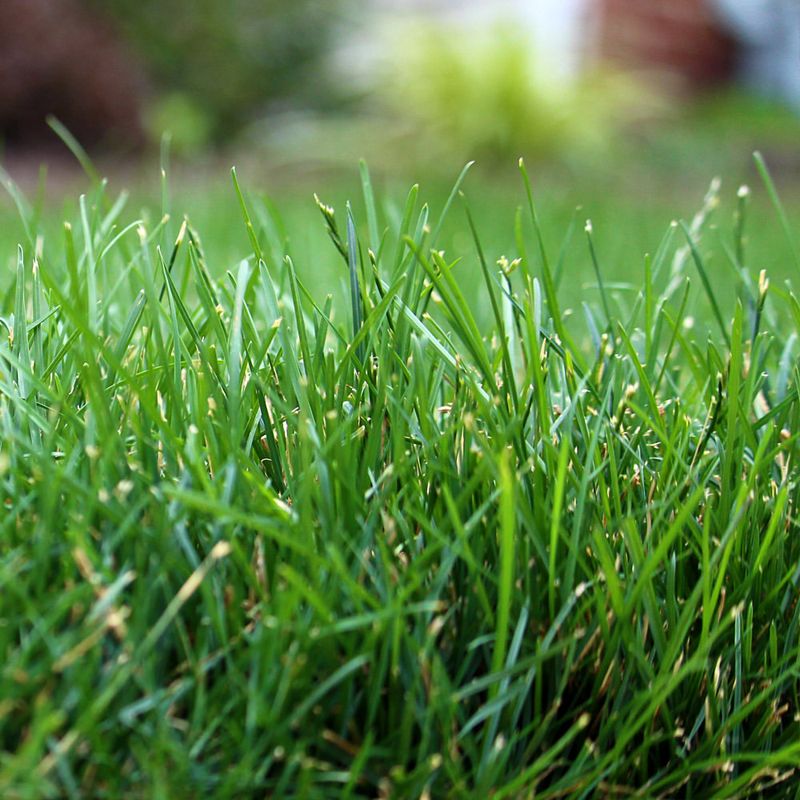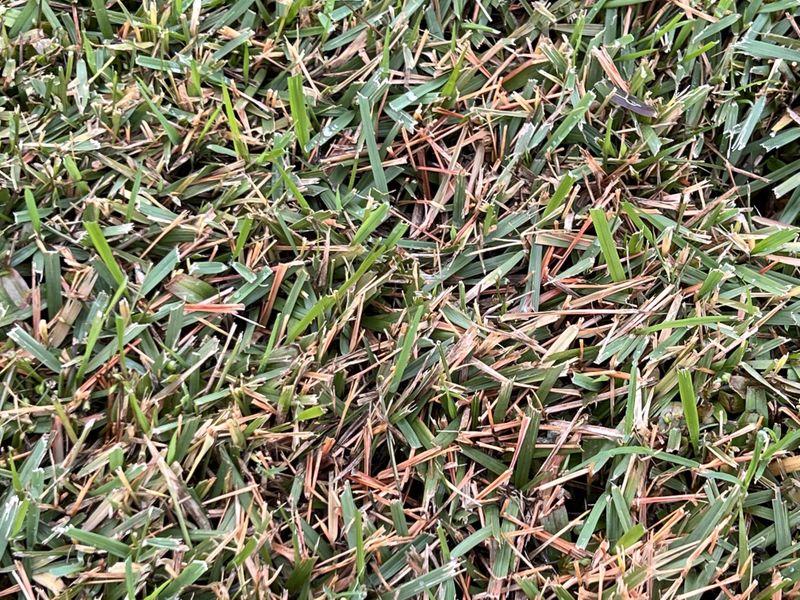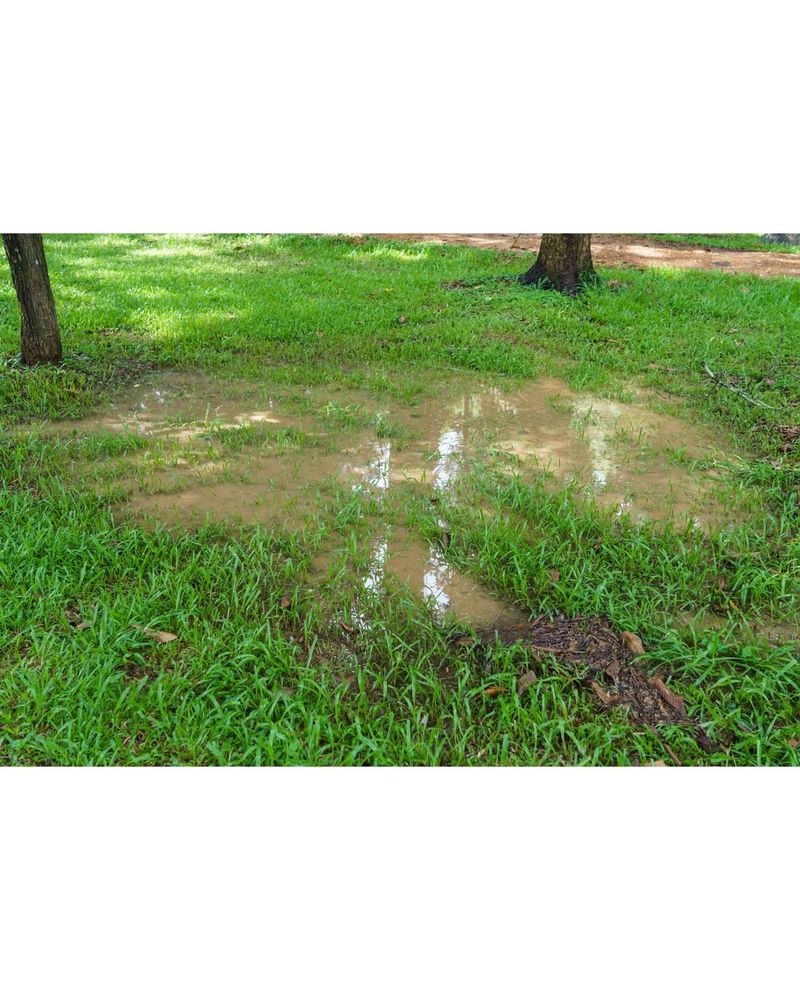Florida lawns take a beating in the summer, and sometimes they show it loud and clear. If your grass is looking sad, crunchy, or patchy, it might be crying out for help.
I’ve seen my own lawn go from lush to limp in just a few scorching days. The good news? A few simple changes can bring it back to life fast. Here’s what to watch for—and what actually works to fix it.
1. Wilting Grass Blades
Even with proper watering, your Florida lawn might start folding inward like origami during intense heat waves. This defense mechanism reduces surface area exposed to the sun.
Try watering deeply but less frequently in the early morning. This encourages roots to grow deeper into cooler soil zones where they can access moisture during those brutal Florida afternoons.
2. Footprints That Linger
Walked across your yard and noticed your footprints staying visible long after you’ve passed? Healthy grass springs back immediately, but heat-stressed turf lacks the moisture to bounce back.
Florida homeowners can combat this by raising mowing heights to 3-4 inches. Taller grass creates natural shade for the soil and reduces evaporation while those tropical temperatures soar.
3. Discoloration Patches
Noticing blue-gray areas spreading across your previously verdant lawn? That’s your grass sending an SOS signal. These color changes are early warning signs before browning begins.
Throughout Florida, applying a quarter-inch of compost can help retain moisture and cool soil temperatures. Consider using a shade cloth during peak heat for especially vulnerable sections of your sunshine state lawn.
4. Drought Dormancy
Your lawn isn’t necessarily dead when it turns completely brown during Florida’s hottest months. Many grass varieties enter survival mode by going dormant, redirecting energy to roots instead of leaves.
Light, infrequent watering won’t help this situation. Instead, either commit to deep, regular irrigation or accept temporary dormancy. Many Florida varieties will green up again when temperatures moderate in fall.
5. Soil Compaction
Heat-baked Florida soil often becomes as hard as concrete, making it difficult for water to penetrate. When you water, you might notice puddles forming instead of absorption.
Core aeration creates channels for water, oxygen, and nutrients to reach struggling roots. Many Florida lawn care companies offer this service during cooler months to prepare for next summer’s inevitable heat waves.
6. Stunted Growth
Notice your Florida lawn isn’t growing as quickly? Heat stress forces grass to conserve energy, dramatically slowing growth even when fertilized and watered properly.
Avoid fertilizing during extreme heat periods across Florida. The nutrients push growth that the grass can’t sustain, creating additional stress. Wait until temperatures moderate before feeding your lawn again.
7. Increased Weed Invasion
Suddenly noticing crabgrass and other weeds taking over? Heat-stressed lawns create perfect opportunities for weeds that thrive in hot conditions to establish territory in your yard.
Many Florida homeowners find that applying a pre-emergent herbicide before summer heat arrives helps prevent these opportunistic invaders. Maintaining proper mowing height also gives your grass a fighting chance against heat-loving weeds.
8. Thatch Buildup
Excessive thatch forms a barrier between your grass and precious water during Florida’s scorching summers. This layer of dead grass material prevents moisture from reaching the soil and roots.
Use a dethatching rake or machine when temperatures cool down. Many Florida lawn experts recommend removing thatch in spring or fall, preparing your lawn to better handle summer heat stress before it arrives.
9. Insect Infestation
Heat-stressed lawns become prime targets for chinch bugs and other pests common throughout Florida. These opportunistic insects attack already weakened grass, compounding your lawn’s problems.
Try the soap test by mixing dish soap with water and pouring it over suspicious areas. If bugs emerge, treat with appropriate insecticides or natural remedies like neem oil, popular among environmentally conscious Florida homeowners.
10. Root Shrinkage
During extreme heat, grass roots actually shrink and retreat deeper seeking moisture. This reduces the plant’s ability to take up nutrients and water at the surface level.
Florida lawn care professionals recommend watering deeply but infrequently to encourage deeper root growth. Adding a thin layer of organic mulch can also help maintain soil moisture in the root zone during those brutal Florida heat waves.
11. Uneven Greening
Parts of your lawn remain green while others turn brown despite equal watering? This common Florida phenomenon occurs when soil depth or composition varies across your yard.
Consider having your soil tested through Florida’s extension services. Areas with sandy soil might need more frequent watering, while spots with more clay content could benefit from aeration to prevent water runoff.
12. Leaf Tip Burn
The tips of your grass blades turning brown or yellow signals the early stages of heat stress. The plant sacrifices its extremities first when unable to maintain adequate moisture throughout.
Florida’s intense sun accelerates this process. Try watering during early morning hours when evaporation rates are lowest, and consider applying a wetting agent to help water penetrate more effectively into the root zone.
13. Increased Disease Susceptibility
Heat-stressed lawns throughout Florida become more vulnerable to fungal diseases like brown patch and dollar spot. The weakened grass can’t fight off these opportunistic infections.
Avoid evening watering which keeps foliage wet overnight. Many Florida lawn experts recommend fungicide applications preventatively during humid summer months when conditions favor disease development in already stressed turf.
14. Water Runoff
When your sprinklers run but water streams across the lawn instead of soaking in, you’re facing severe heat-related soil issues. The baked ground becomes hydrophobic, actually repelling water.
Florida’s sandy soils are particularly prone to this problem. Try cycling irrigation – run sprinklers for short periods, wait an hour, then repeat. This gives water time to penetrate instead of running off.
15. Scattered Dry Spots
Random dry patches appearing despite regular irrigation often indicate localized dry spot syndrome. This condition occurs when soil becomes water-repellent in specific areas.
Many Florida lawn care companies treat these spots with surfactants that break surface tension. Hand-watering these problem areas with a hose-end sprayer containing a drop of dish soap can help water penetrate until professional treatment is possible.

